Virtualization helps to decouple the Operating systems and applications from the hardware layer. Virtualization is the process of creating a virtual or software-based representation like a virtual server, application, network, storage resources. Hypervisor is one of the most popular virtualizations technology for servers and operating systems. This enables the IT organization to run more than one Virtual machines on a single physical server. It improved server utilization and efficiency.
Virtualization:
Here is the list of commonly used virtualization in the Hosting environment.
- Server Virtualization
- Storage virtualization
- Network Virtualization
- Desktop Virtualization
- Application virtualization

Server Virtualization:
Server Virtualization enables multiple operating systems can run on a single hosting server. So that server can be utilized very efficiently. In Server virtualization, physical server resources are abstracted logically to create and run virtual machines. (ESXi, KVM, Hyper-V).
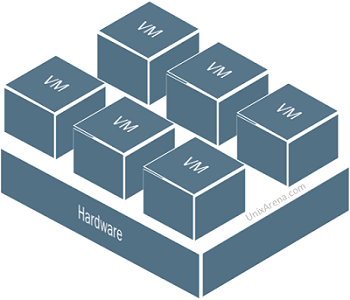
Storage Virtualization:
Storage virtualization is a common term. It differs depends on the storage type and vendor. Storage virtualization enables grouping of multiple physical storage disks into single logical storage and it will be presented as single storage to all the servers. VMware vSAN is the best example of storage virtualization.
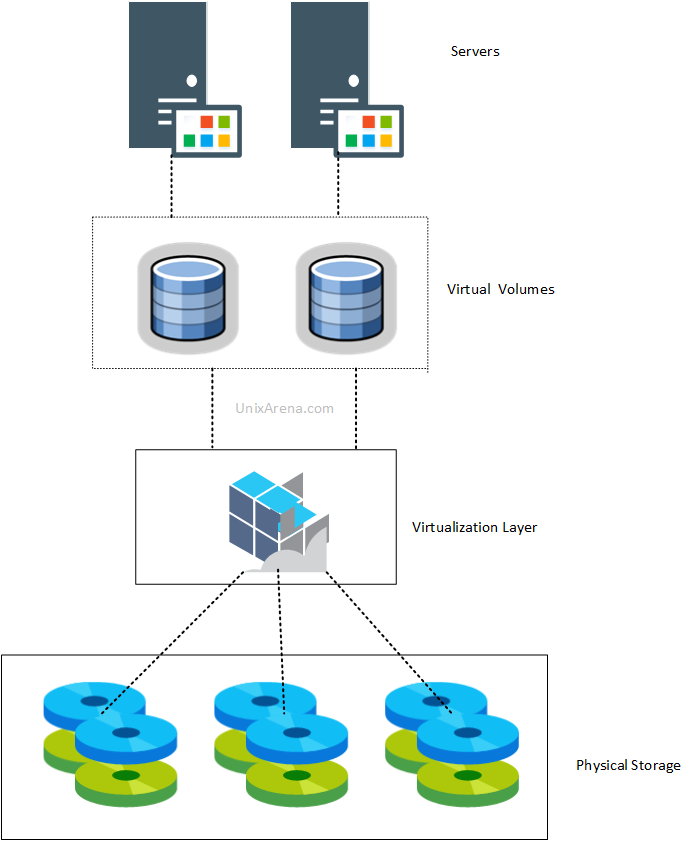
Network Virtualization:
Network Virtualization allows making a complete software-defined network (SDN) by decoupling the virtual network from the underlying network resources. Network virtualization is the process of combining hardware network resources and software network resources in a single software-based administrative entity.
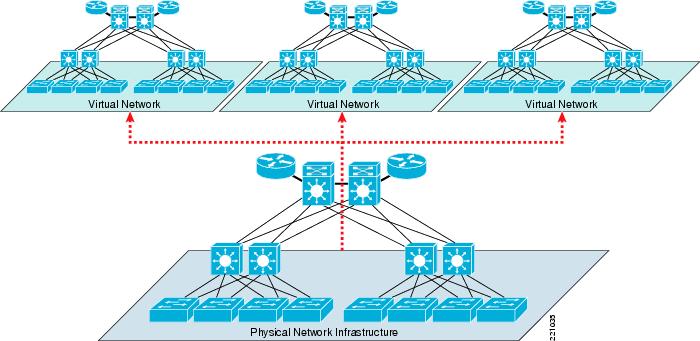
Desktop Virtualization:
Desktop virtualization helps to simplify end-user computing. It enables to deploy multiple desktops on few server hardware and accessed by users from any location. VMware Horizon View is the best example for desktop virtualization.
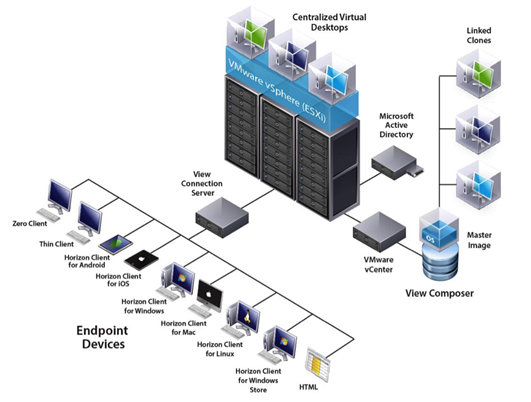
Application Virtualization:
Application virtualization enables to use of the application anywhere without installing the software our device. Office 365 is the best example of application virtualization. When you have office 365 account, you can use all the office application on your laptop without installing it.
What is Hypervisor?
The hypervisor is a process that creates and runs virtual machines. It allows a physical server to host multiple virtual machines by sharing hardware resources such as CPU, Memory, GPU, Network, etc. The hypervisor also called as Virtual Machine Monitor (VMM).
Here are the hypervisor examples: VMware ESXi, Hyper-V, Oracle LDOM, IBM LPAR, etc.
Type of Hypervisor:
There are two types of hypervisors used in the market.
1. Type 1 (Bare-Metal)
2. Type 2 (Hosted)
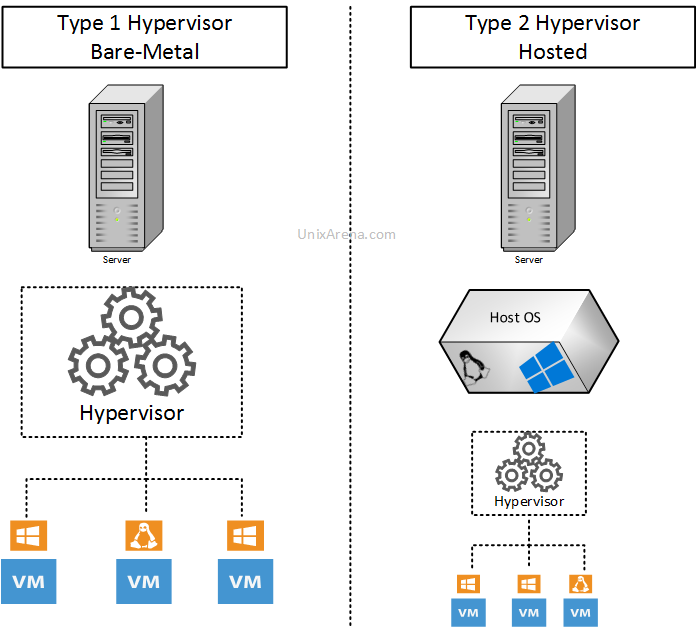
What is Type 1 Hypervisor?
Type 1 is called as bare metal Hypervisor which directly installed on physical servers. It offers high-performance and lower resource usage. Example: VMware ESXi, Xen Servers, Hyper-V
What is Type 2 Hypervisor?
Type 2 is called as Hosted Hypervisor which runs on top of operating systems. This type of hypervisor will be installed as an application. It offers moderate performance. But it’s very easy to setup and manages the environment. Example: VMware Workstation, Oracle Virtual Box.
Levi says
Howdy! This blog post could not be written much better! Looking at this post reminds me of my previous roommate! He constantly kept preaching about this. I am going to send this article to him. Fairly certain he will have a great read. Thank you for sharing!
Henry Carter says
A very detailed article that discusses data virtualization. The article starts from the basics and then expands further deep into more complex features. The concepts of hyperconverged infrastructure and software defined storage totally relies on the concepts of virtualization. Virtualization is a cost effective solution which allows hardware expansion or hardware splitting.